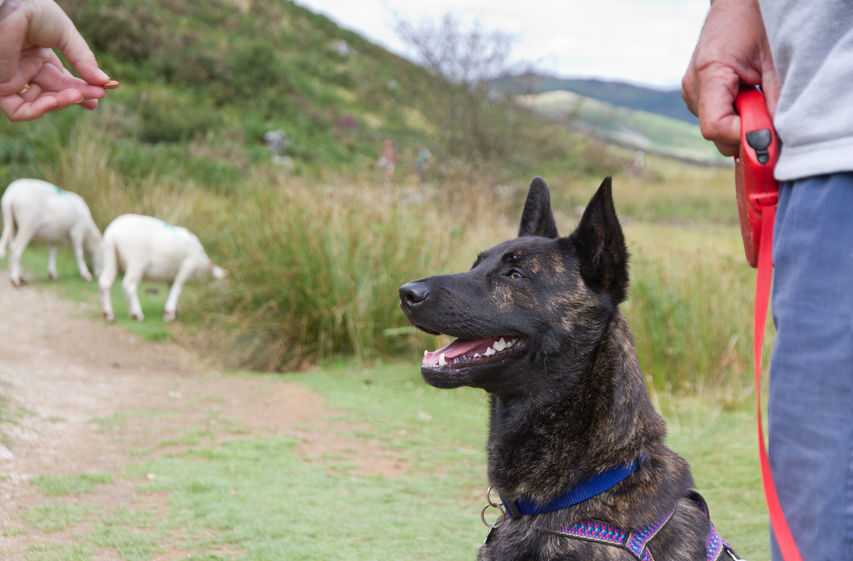
Livestock-worrying in Scotland has hit a seven-year high following a sharp rise in the number of reported cases, according to NFU Scotland.
The farming union has written an open letter to the public urging them to keep dogs on leads when out and about in the countryside over the coming months.
NFU Scotland said there were 179 cases of worrying, where animals were injured or killed, in 2016. That is up by 46 incidents on the previous year.
As farmers and crofters enter a busy time of year for lambing and calving, the losses that are caused by livestock worrying can be devastating.
Last year saw the highest number of instances from over the last seven years.
The Highlands and Islands and Lothians and Borders areas saw the highest number of livestock-worrying incidents - 36 and 27 respectively - with Aberdeenshire and Moray in third with 22.
'Devastating consequences'
Gary Mitchell, Vice President of NFU Scotland commented: “The worrying of livestock can have devastating consequences for a farmer and their stock and as these statistics suggest, it is becoming an increasing problem for Scotland’s farmers and crofters.
“Sheep are particularly at risk during the spring lambing period and we need dog owners to take action to prevent livestock worrying otherwise, if their dog is found worrying livestock they could face prosecution, as we have seen with some cases that have gone to court recently.
“The farmer is also within their legal rights to shoot a dog if it is found to be worrying livestock – not a decision that is taken lightly.
“We are appealing to dog walkers to avoid fields where very young livestock, or heavily pregnant ewes are present, and if there is no alternative route, owners should keep their dogs on a lead and under close control or at heel.”
